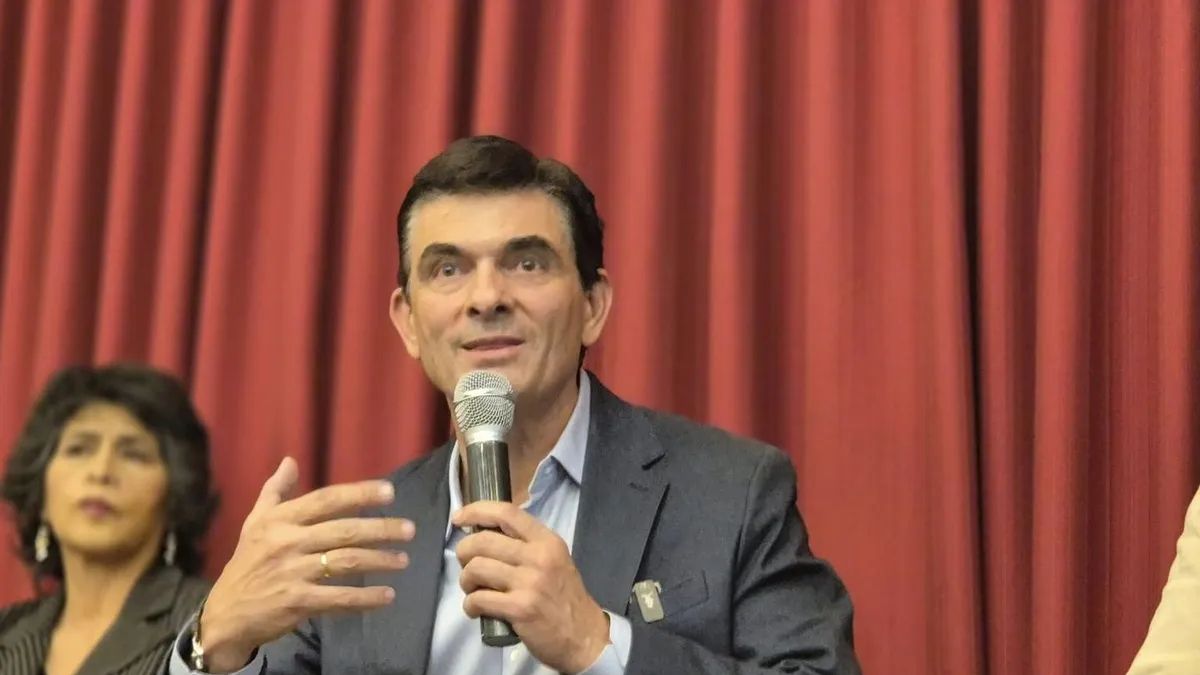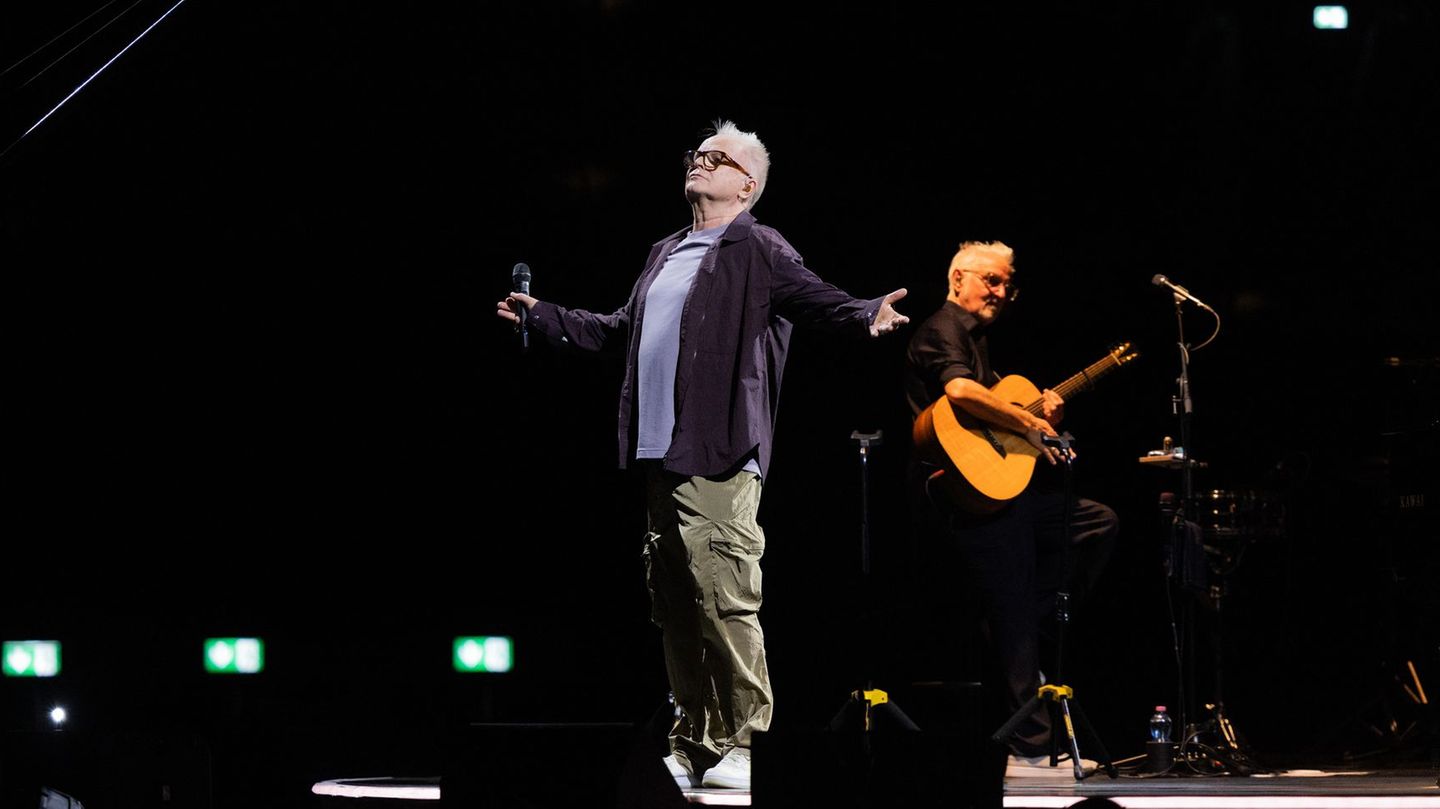After the inconclusive first round of collective bargaining in the public sector in the federal states, the second round is now underway. It is unclear whether compromises can be found on the demands.
The second round of collective bargaining for the salaries of millions of public sector employees in the federal states has begun. The unions demanded an offer from the state side.
“It’s now the employers’ turn. Any kind of games and complaining won’t get us anywhere. As a result, no collective agreement has ever been reached,” said Verdi boss Frank Werneke before the talks continued in Potsdam. The demands for 10.5 percent more income, but at least 500 euros more, are clear and proportionate, he emphasized. A realistic employer offer is now needed.
The collective bargaining does not take place in a vacuum, said negotiating partner Andreas Dressel, chairman of the collective bargaining association of German states. The collective bargaining agreements in the public service in the federal and local governments from this year are a guideline. “The unions said, we’ll go one step further. We said we’d rather stay below that. And this is now the framework where you can easily orientate yourself on it,” said Dressel. For federal and local government employees, tax and duty-free special payments totaling 3,000 euros, a base amount of 200 euros and then 5.5 percent more were agreed.
The second round of negotiations on Thursday was accompanied by loud protests at the venue. According to Verdi, around 5,000 employees nationwide, especially from the social and educational services, took to the streets – the focus was on Berlin. If no solutions emerge in the two days of negotiations, the pressure will be massively increased, said the chairman of the dbb civil servants’ association, Ulrich Silberbach. This means, among other things, a further expansion of strike actions. “And they will not only have the needle-prick function, but they will also be more noticeable,” said Silberbach.
Source: Stern
I have been working in the news industry for over 6 years, first as a reporter and now as an editor. I have covered politics extensively, and my work has appeared in major newspapers and online news outlets around the world. In addition to my writing, I also contribute regularly to 24 Hours World.




